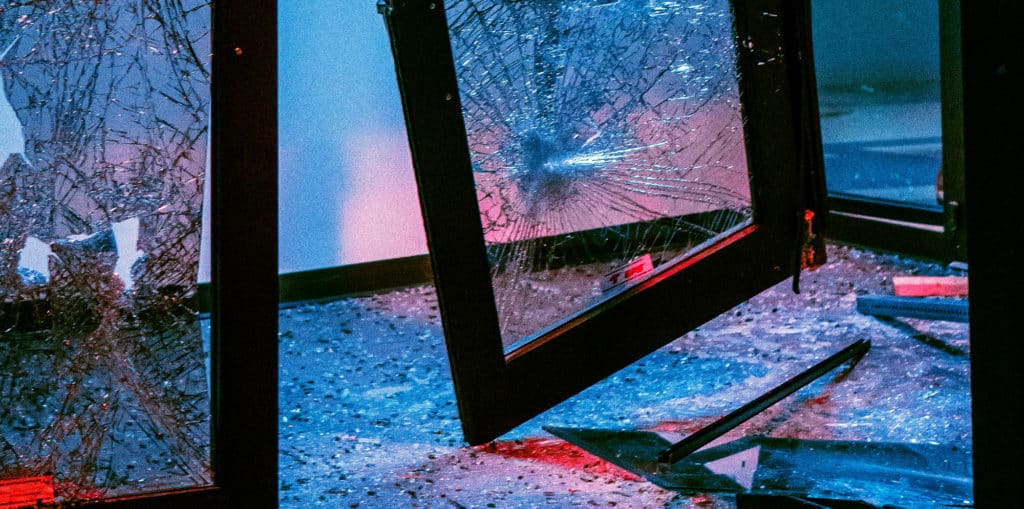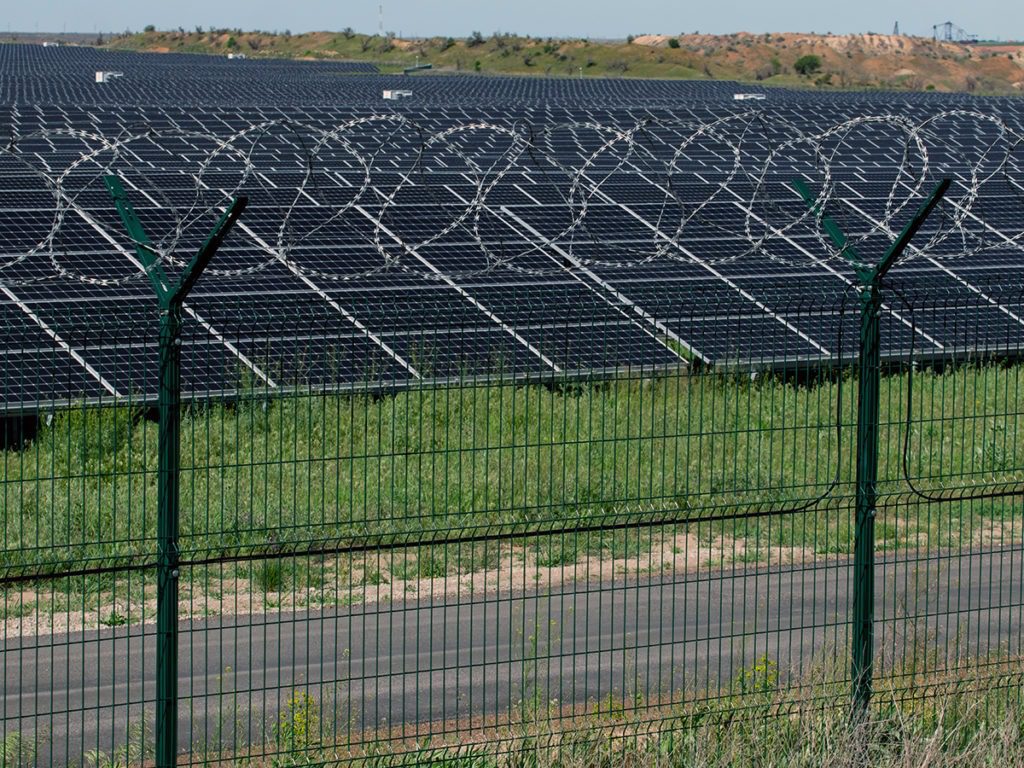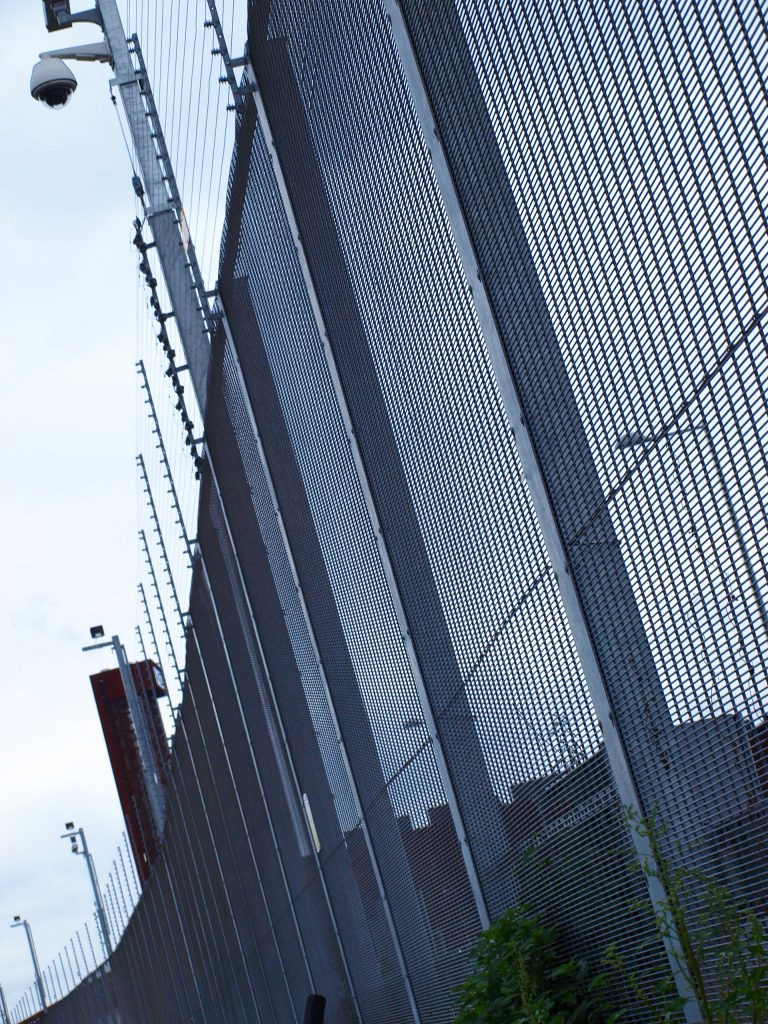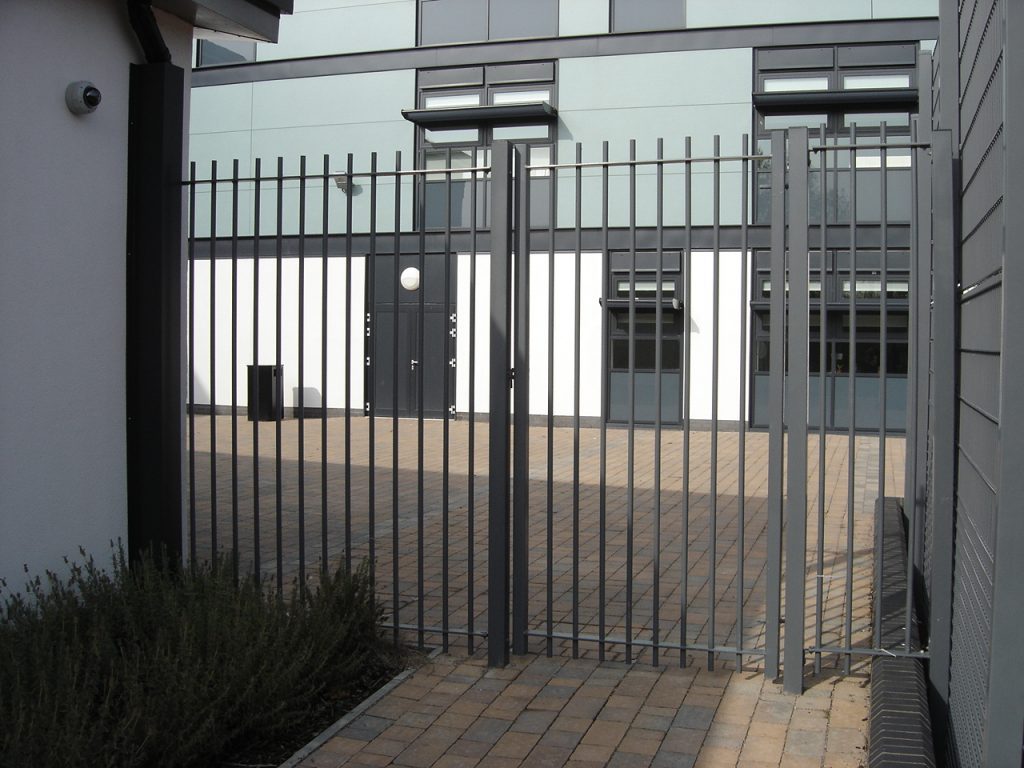ISO 1461 is a British standard for hot-dip galvanized coatings on iron and steel articles. It specifies the general properties of coatings and test methods for coatings applied by dipping steel articles and fabricated iron in a zinc melt.
What is the thickness of the hot-dip galvanizing coating?
The thickness of the uniform coating is dependent on the thickness of the steel which is being galvanized. This is an essential benefit of the process because a standard coating thickness is applied almost automatically—the actual thickness changes based on the surface profile, steel section size and surface composition. As a result, the actual weights of the coating are usually a lot more than the minimum specified in the standard.
Thicker coatings
For most applications, thicker coaters are often not necessary. However, thicker coatings than those included in the ISO 1461 can give extra protection in, particularly aggressive environments. Grit blasting before galvanizing is required for a nominal coating thickness of 1000 g/m2.
What does ISO 1461 not apply to?
There are certain materials that this standard does not apply to. This includes:
- Sheet, wire and welded, or woven mesh products that are continuously hot-dip galvanized
- Hot-dip galvanized products such as fasteners for which specific standards already exist may include additional or different requirements.
- Tube and pope that are hot-dip galvanized in automatic plants
- After treatment and overcoating of hot-dip galvanized articles are also not covered by the standard
What does the standard include?
The ISO 1461 covers the requirements for hot-dip galvanizing baths, safety and process conditions, the information supplied by the purchaser, acceptance inspection, sampling, and coating properties. This information is essential to protect manufacturers and uphold health and safety. Steel articles manufactured without following this standard are likely to be of more inferior quality and standard.
Why is ISO 1461 important for use in railings?
Railings are hot-dipped galvanized. The process is used to protect metal, mostly steel, from corrosion. It involves cleaning the metal then dipping it into a vat of molten zinc. Layers of zinc form, which then protect the steel from corrosion. These layers also prevent rust, providing decades of protection to the ironwork. The ISO 1461 applies to railings that go through this process to ensure that the galvanizing is done correctly and safely.
Benefits of hot-dipped galvanized railings
Using galvanized steel has a relatively low cost compared to using other metals such as stainless steel or aluminium. They are also low maintenance as coatings can last up to 25 years. In addition, they are durable, and any abrasions that compromise the coating are still protected by the surrounding zinc. Paint and powders can also be added to the coating.




